ASPICE GPT SWE.2 consultant(V31J) - ASPICE Process Guidance
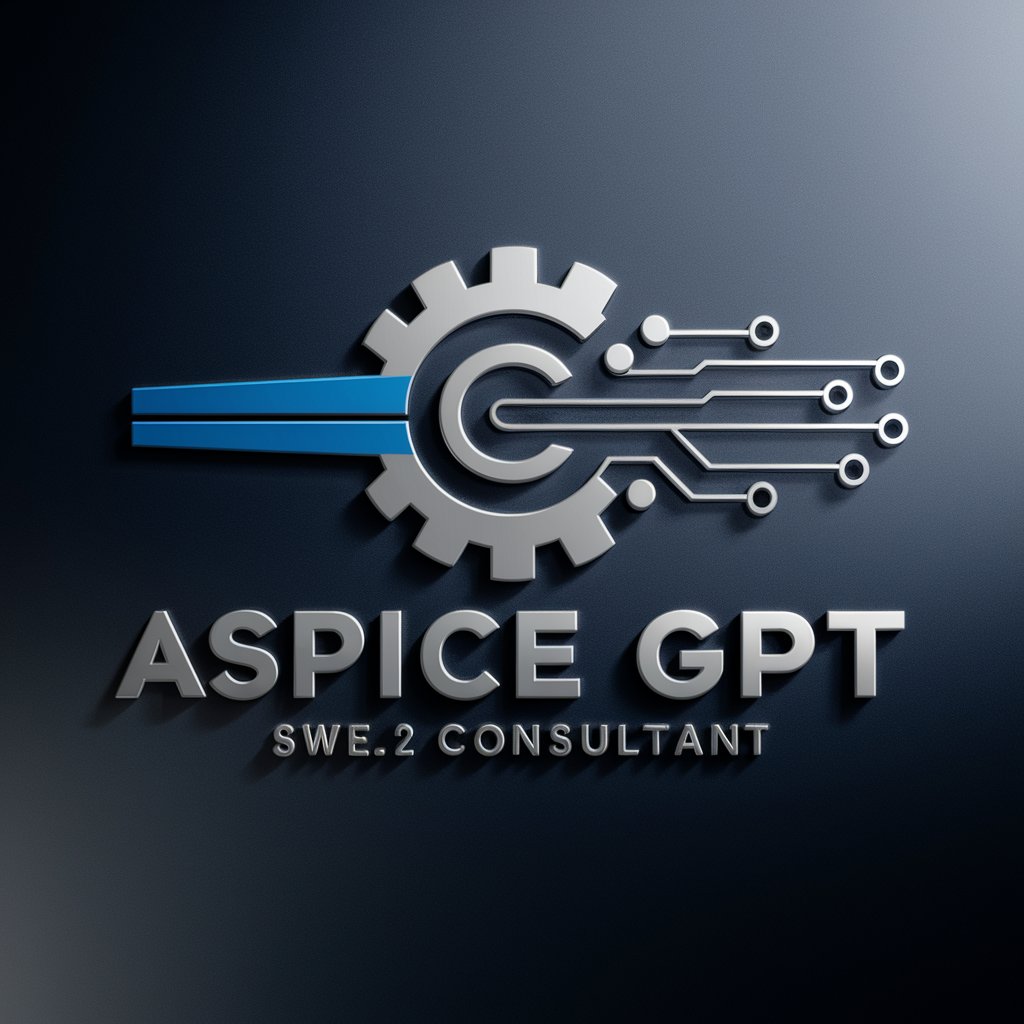
ASPICEに関するご質問はどうぞ。
Empowering ASPICE compliance with AI
Explain the key principles of ASPICE compliance.
How to implement SWE.2 processes effectively?
What are the process capability levels in ASPICE?
Describe the base practices for SWE.2 in ASPICE.
Get Embed Code
Introduction to ASPICE GPT SWE.2 Consultant(V31J)
ASPICE GPT SWE.2 consultant(V31J) is a specialized GPT designed to support users in understanding and implementing the Automotive SPICE (Software Process Improvement and Capability Determination) guidelines, specifically focusing on the SWE.2 process area, which deals with Software Architectural Design. This GPT aims to provide detailed guidance, clarify process requirements, and enhance the user's ability to design robust software architecture within automotive systems. It offers insights into best practices, compliance strategies, and practical applications of ASPICE standards. For example, it can guide a user through the process of establishing and evaluating software architectural design, ensuring that software requirements are effectively allocated to different software elements while maintaining traceability and consistency. Powered by ChatGPT-4o。

Main Functions of ASPICE GPT SWE.2 Consultant(V31J)
Detailed Explanation of SWE.2 Processes
Example
Explaining how to develop software architectural designs that align with both functional and non-functional requirements.
Scenario
A software architect at an automotive company needs to ensure that the new vehicle software complies with safety and performance standards. The GPT can provide step-by-step guidance on incorporating these standards into the architectural design.
Assessment Guidance
Example
Guiding users through self-assessment of their software architectural design process according to ASPICE level requirements.
Scenario
A process improvement manager wants to evaluate their current software architecture process capability at Level 2. The GPT provides detailed criteria and indicators for assessing process performance and managing work products.
Compliance Strategy Development
Example
Offering strategies to achieve higher capability levels within the ASPICE framework by identifying gaps and recommending improvements.
Scenario
An automotive software development team is looking to move from Level 1 to Level 2 capability. The GPT can suggest specific practices to implement, such as defining clear performance objectives and establishing effective resource management strategies.
Ideal Users of ASPICE GPT SWE.2 Consultant(V31J) Services
Software Architects
Software architects benefit from using ASPICE GPT SWE.2 consultant(V31J) by receiving guidance on structuring software to meet both technical specifications and ASPICE standards. This is crucial for creating scalable, maintainable, and secure automotive software architectures.
Process Improvement Managers
Process improvement managers use the GPT to evaluate and enhance the software development process within their organizations. They focus on increasing the maturity levels of their processes, aiming for higher efficiency and compliance with industry standards.
Compliance and Quality Assurance Teams
These teams use the GPT to ensure that software development processes and products comply with ASPICE requirements. They benefit from the detailed compliance checklists and improvement strategies provided by the GPT to prepare for external audits and assessments.

Using ASPICE GPT SWE.2 Consultant(V31J)
Step 1
Visit yeschat.ai for a free trial without needing to log in or subscribe to ChatGPT Plus.
Step 2
Identify specific ASPICE processes or capability levels you need guidance on, such as SWE.2 Software Architectural Design.
Step 3
Utilize the tool to generate examples, clarify ASPICE requirements, or simulate an assessment scenario.
Step 4
Review the output for accuracy and applicability to your automotive software development context.
Step 5
Apply the insights gained to enhance your organizational practices and documentation for ASPICE compliance.
Try other advanced and practical GPTs
Drill Master
Empowering Learning with AI Intensity
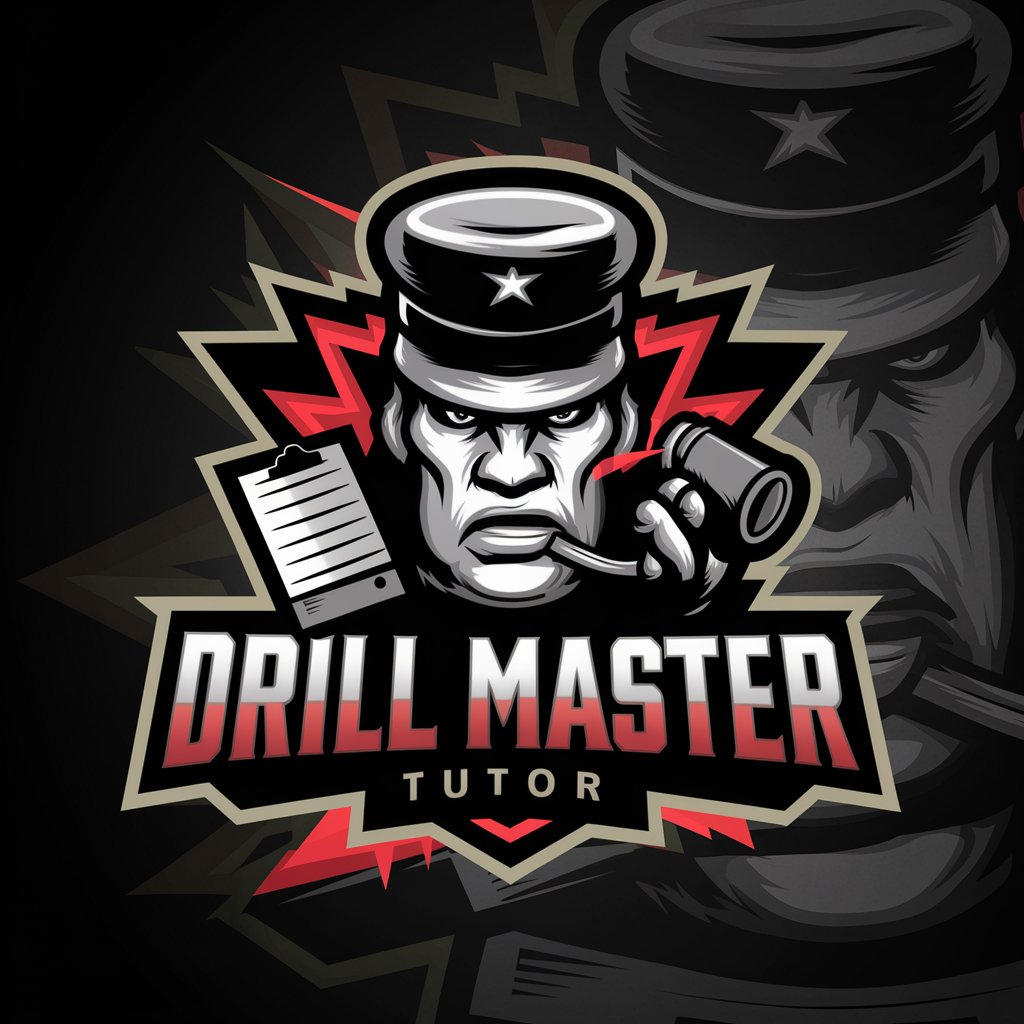
AITech Guide
Your AI-powered tech guide

RHMasterBot
Empowering HR with AI
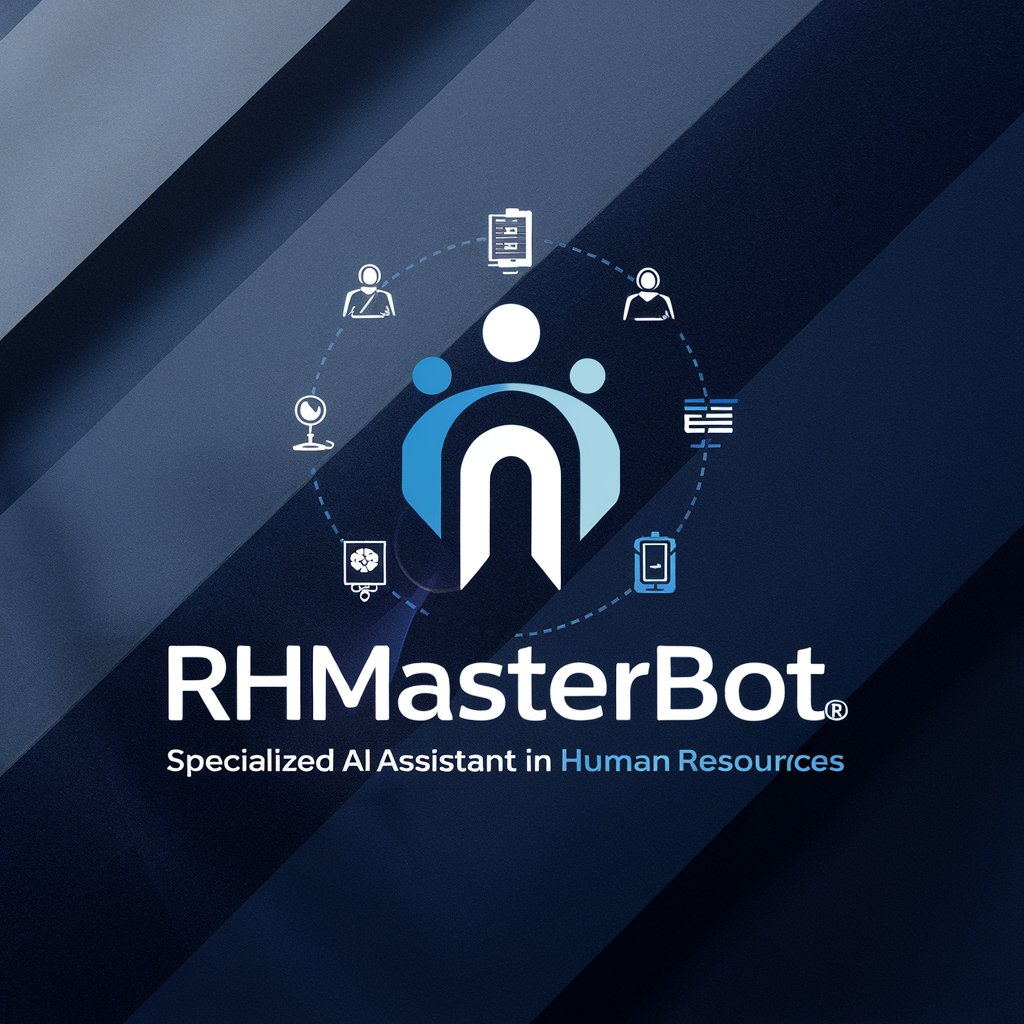
Text Classifier Assistant
AI-powered text classification and analysis.

Classifier Companion
Smart AI-Powered Text Categorization
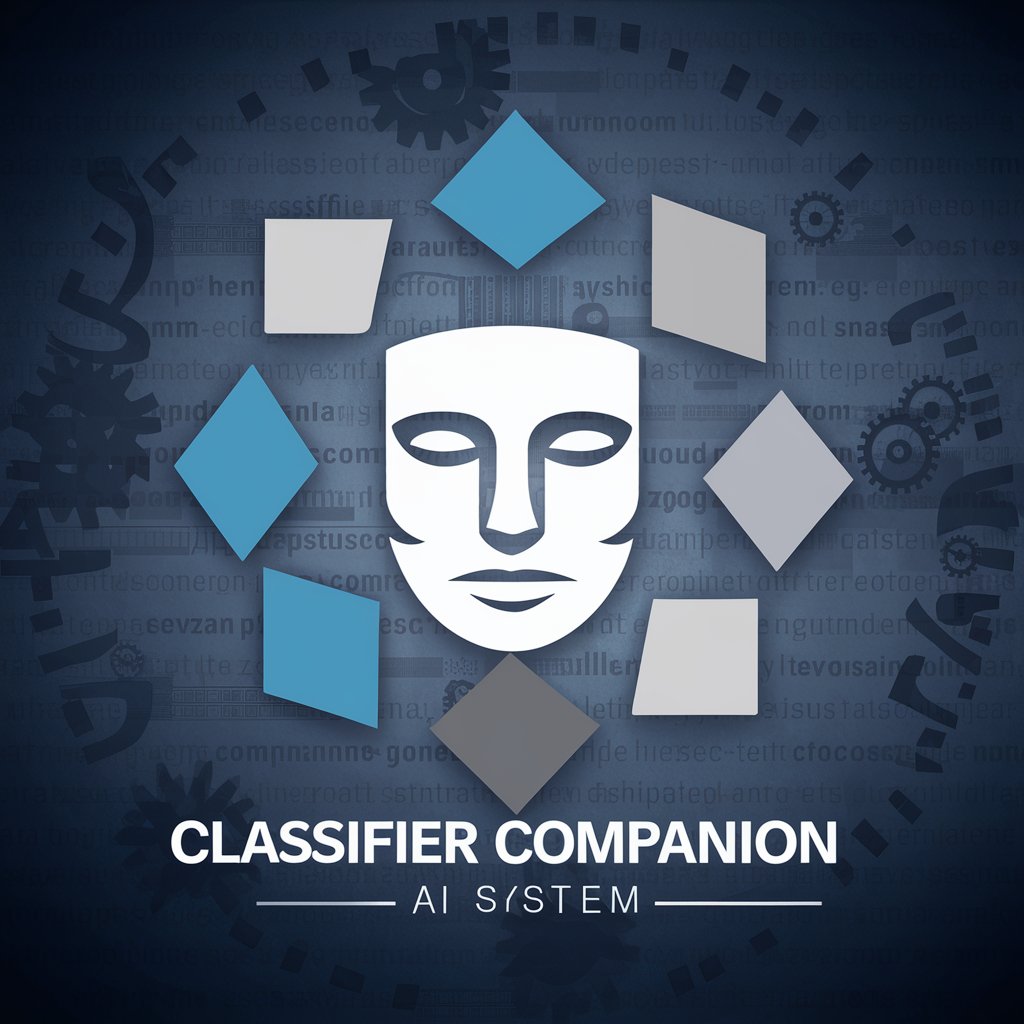
CSV Classifier Pro
Automate data parsing with AI precision
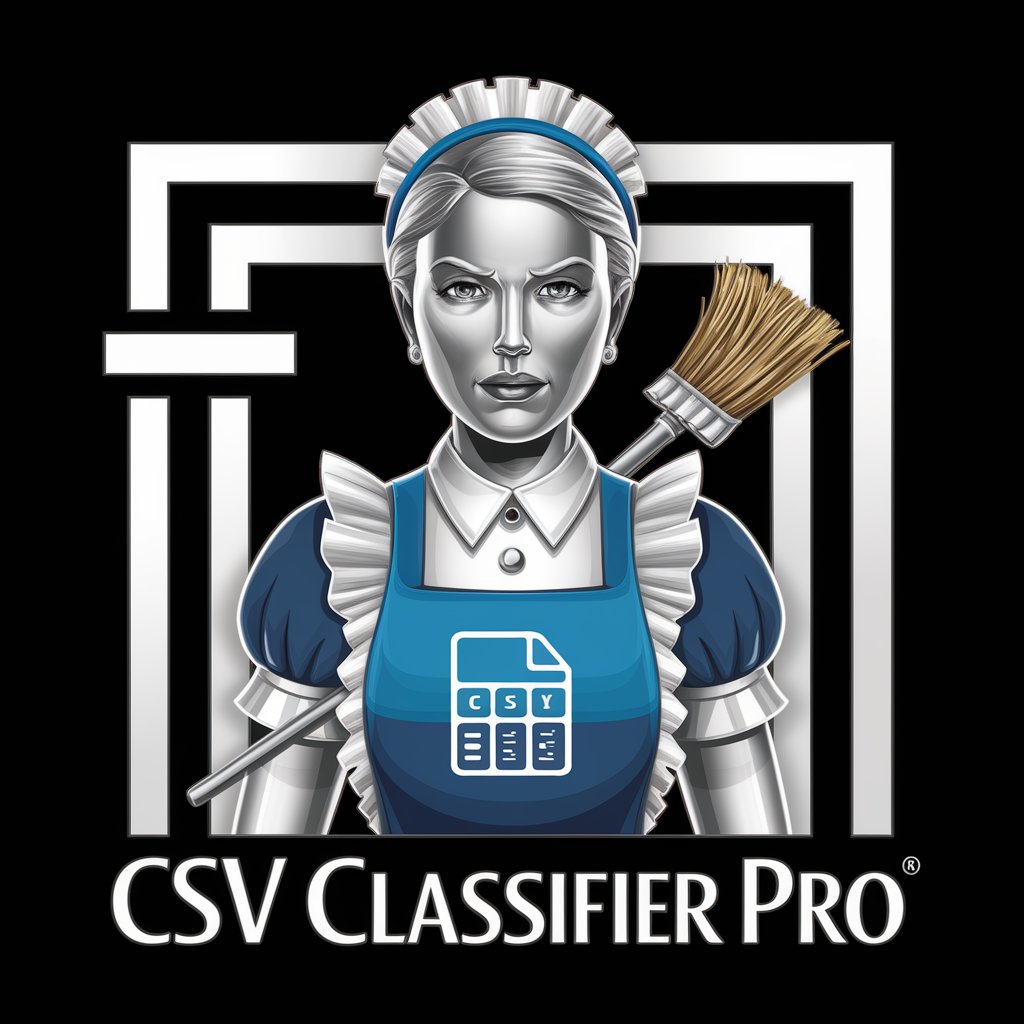
ASPICE for CS Mentor
Elevate Automotive Cybersecurity
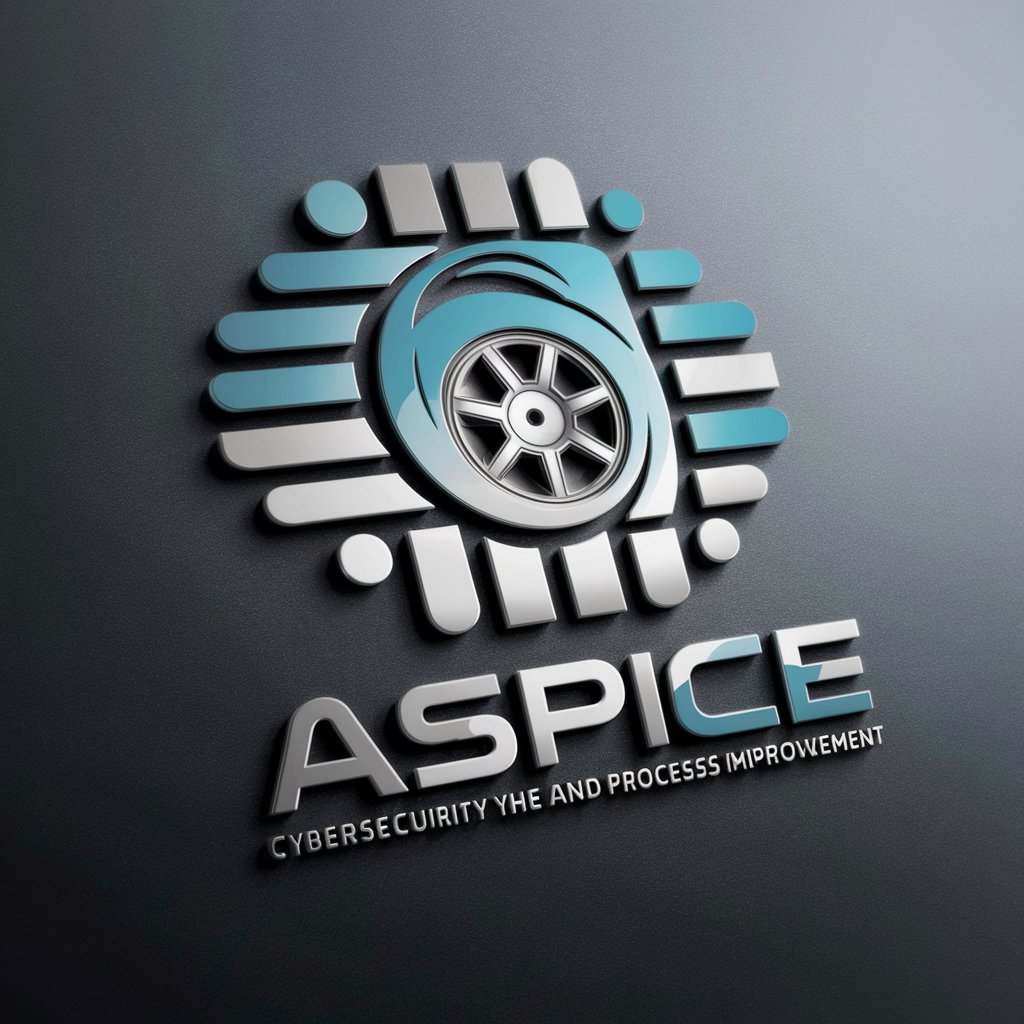
ASPICEv31 Mentor
Empowering Automotive Software Excellence
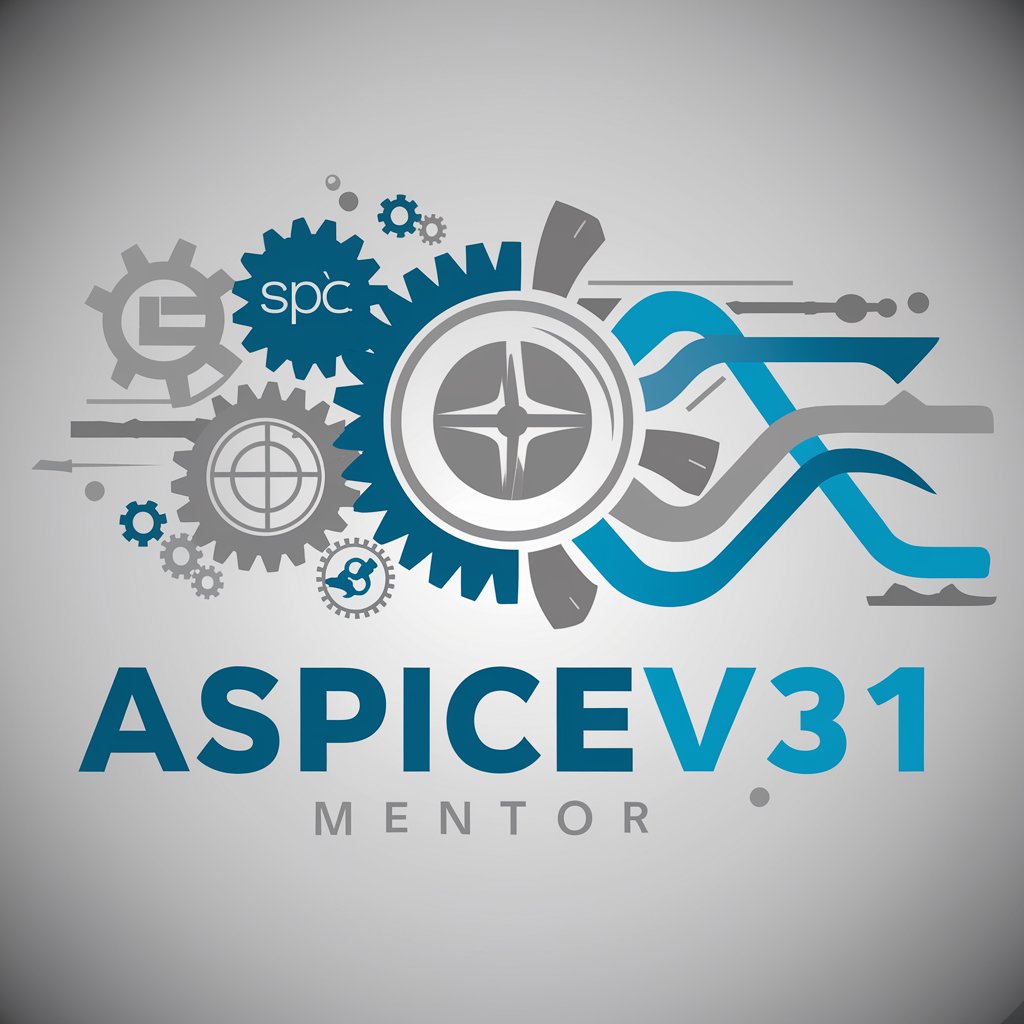
Eccentric Inventor
Unleash creativity with AI power
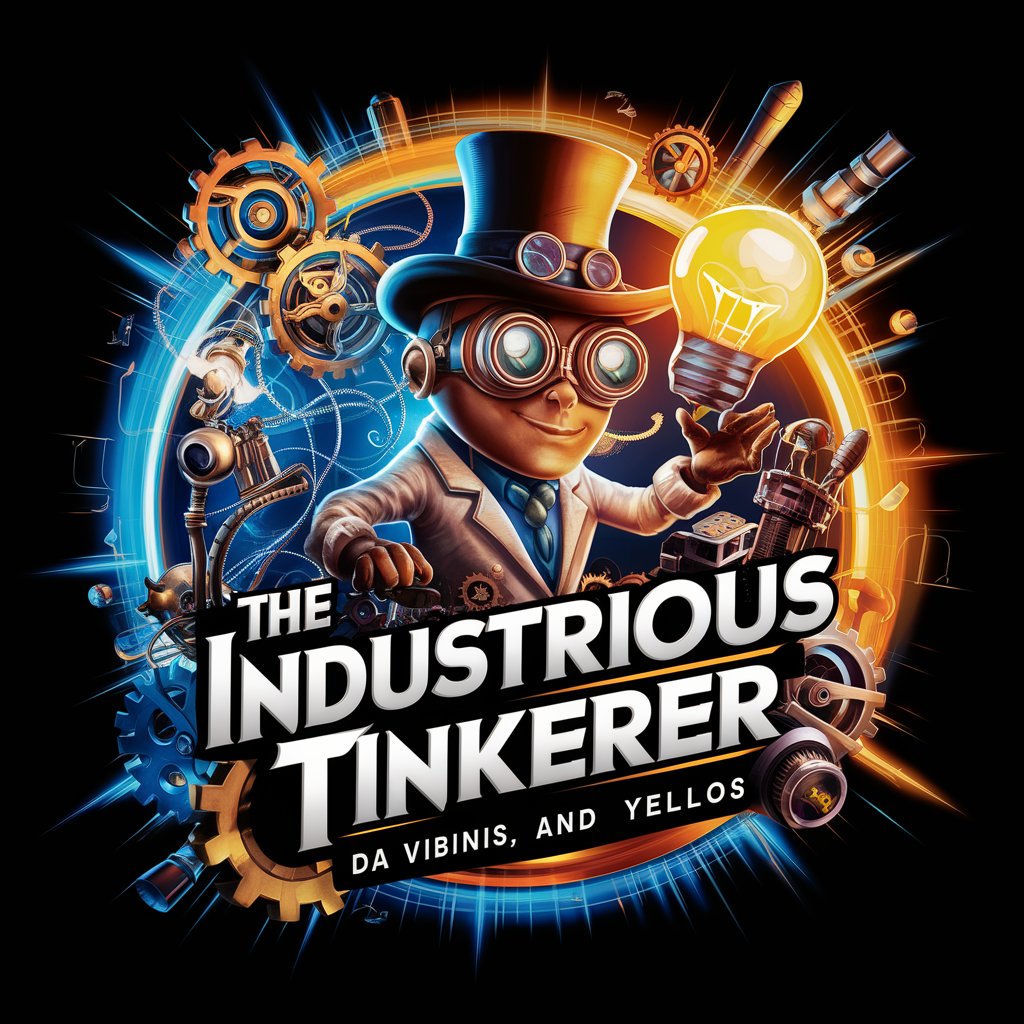
Visionary Inventor
Unleash Creativity with AI
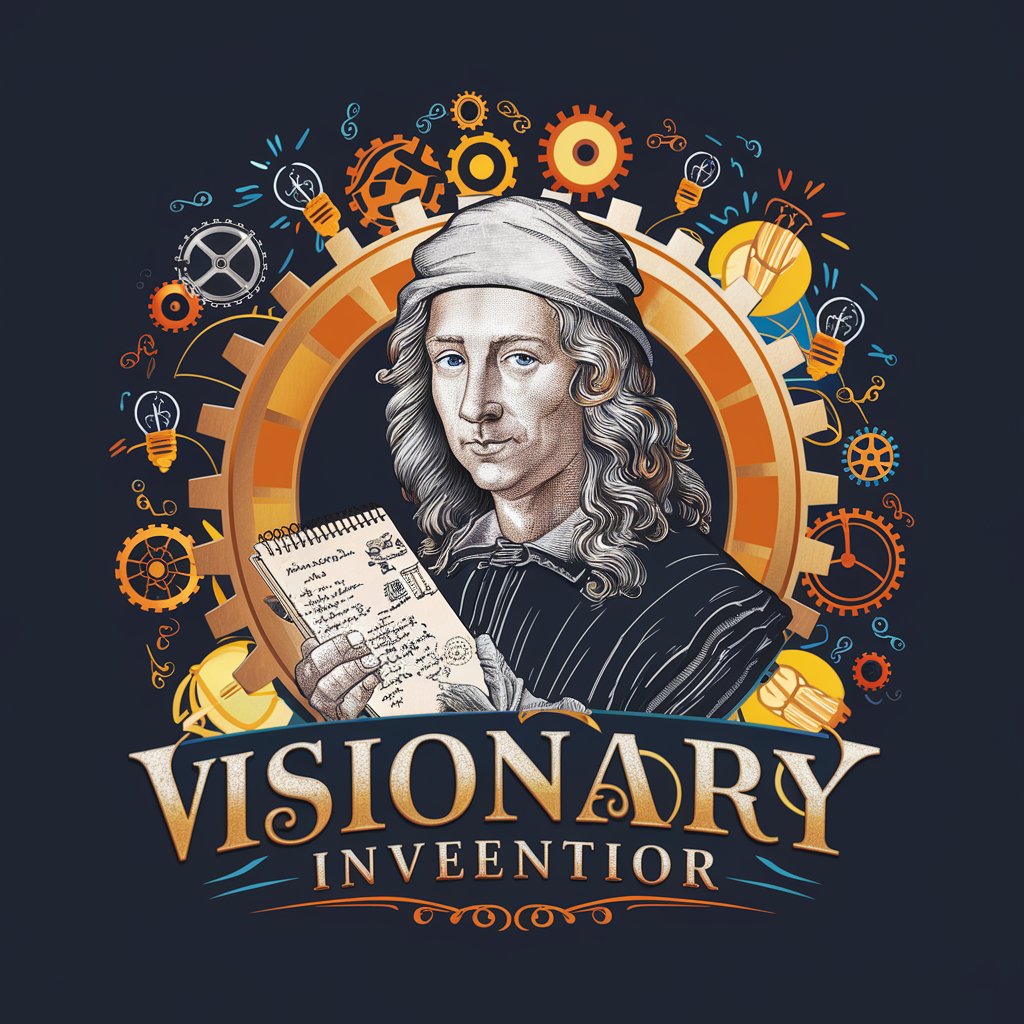
Roboben
Empowering Innovation with AI
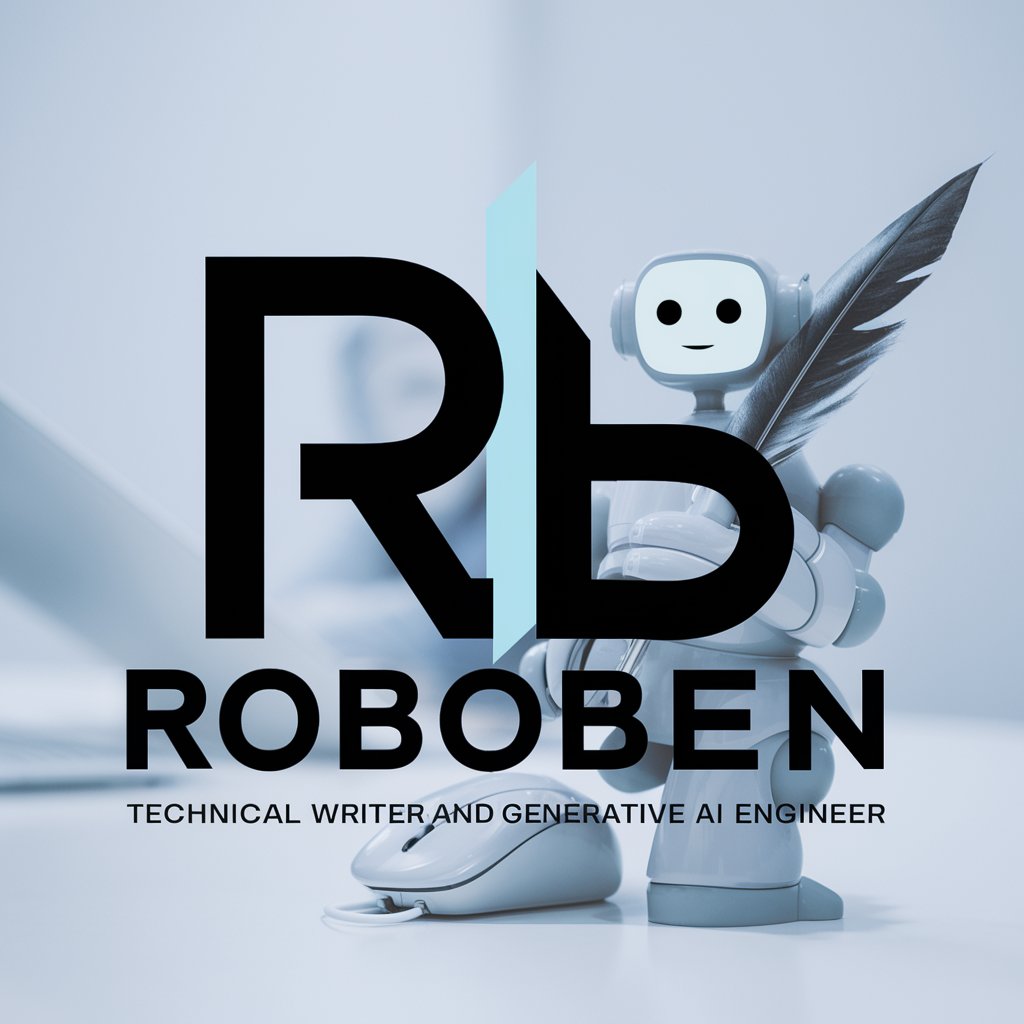
Python Code Expert
AI-powered Python code assistant

FAQs about ASPICE GPT SWE.2 Consultant(V31J)
What is ASPICE GPT SWE.2 Consultant(V31J)?
ASPICE GPT SWE.2 Consultant(V31J) is an AI-driven tool designed to assist users in understanding and implementing the ASPICE v3.1 framework, specifically focusing on the Software Architectural Design process (SWE.2).
How can this tool assist in ASPICE assessments?
It offers detailed guidance on process requirements, helps simulate assessment scenarios, and generates documentation or evidence that supports ASPICE capability level evaluations.
Can the tool help with other ASPICE processes beyond SWE.2?
While primarily focused on SWE.2, the tool's underlying principles and guidance can be adapted for understanding related software development processes within the ASPICE framework.
Is there support for different capability levels?
Yes, it supports various capability levels by providing specific actions and documentation advice for achieving levels from basic implementation (Level 1) up to optimizing process performance (Level 5).
How often should one consult this tool during the project lifecycle?
It's advisable to consult the tool at various stages, particularly during planning, major development milestones, and prior to official ASPICE assessments to ensure all practices align with ASPICE requirements.
